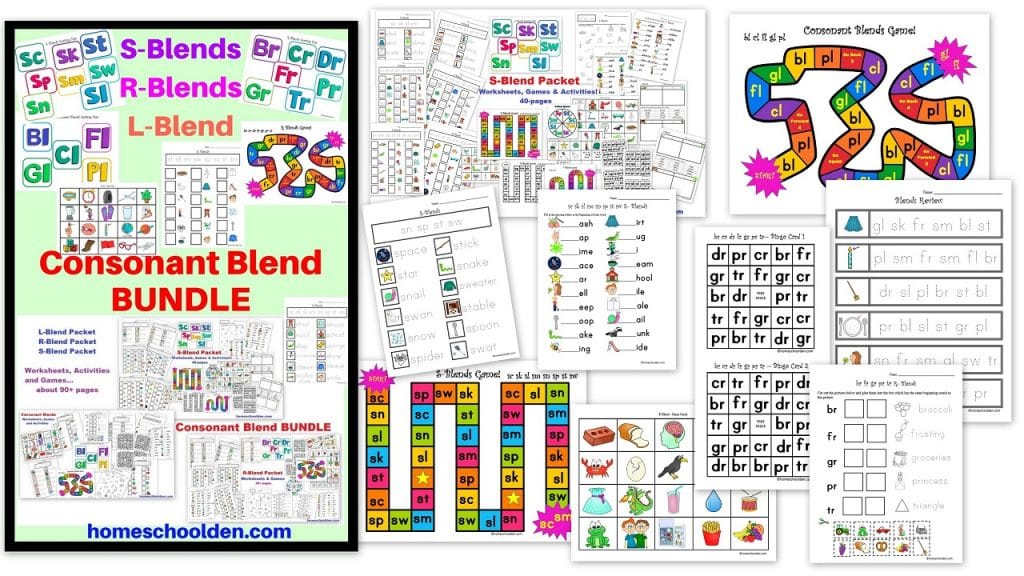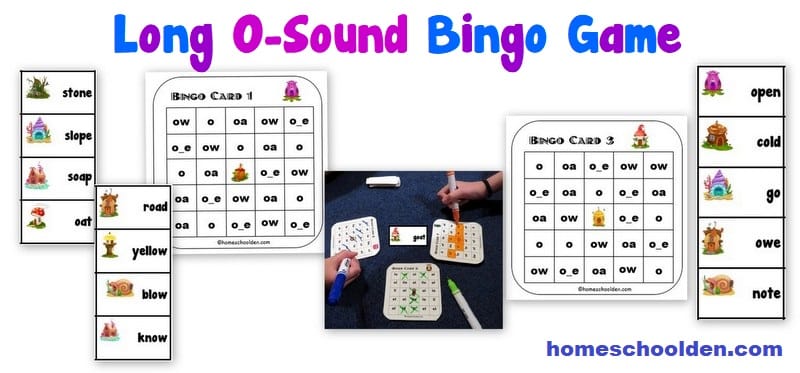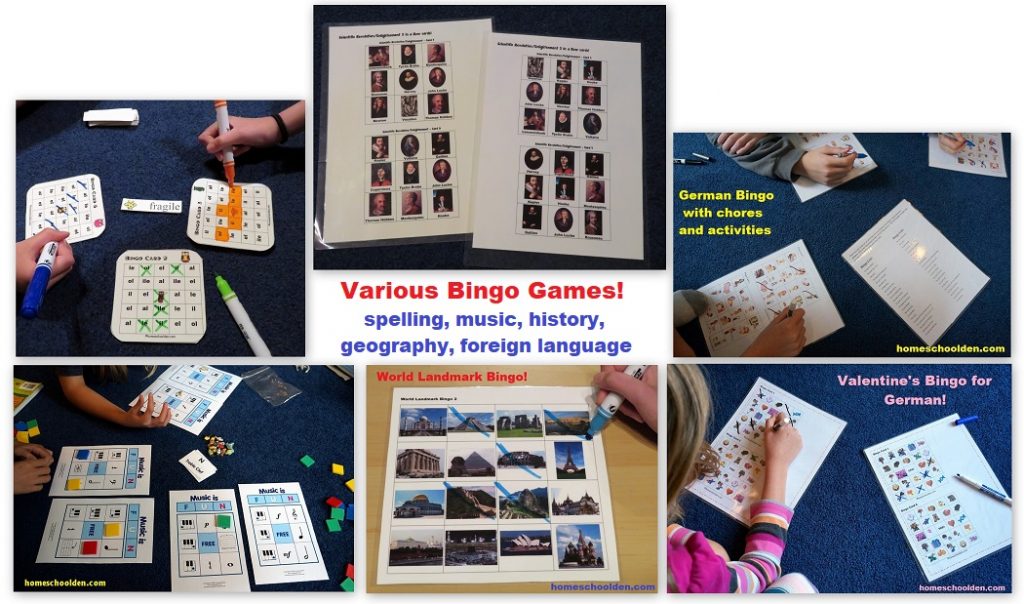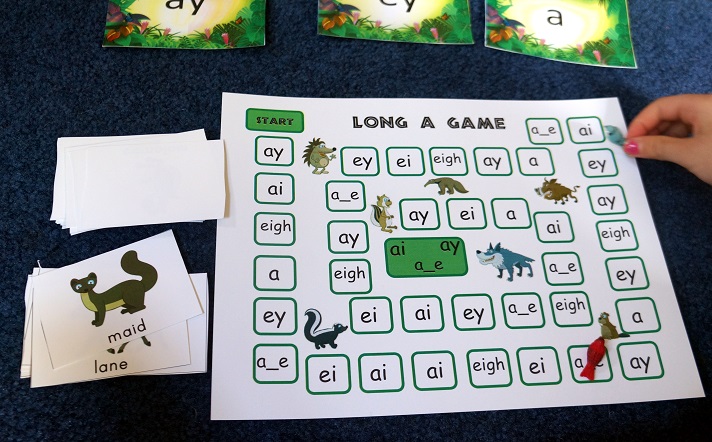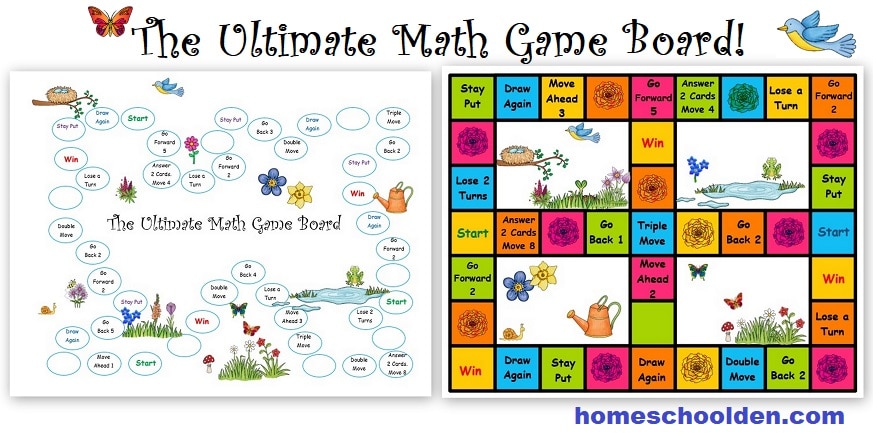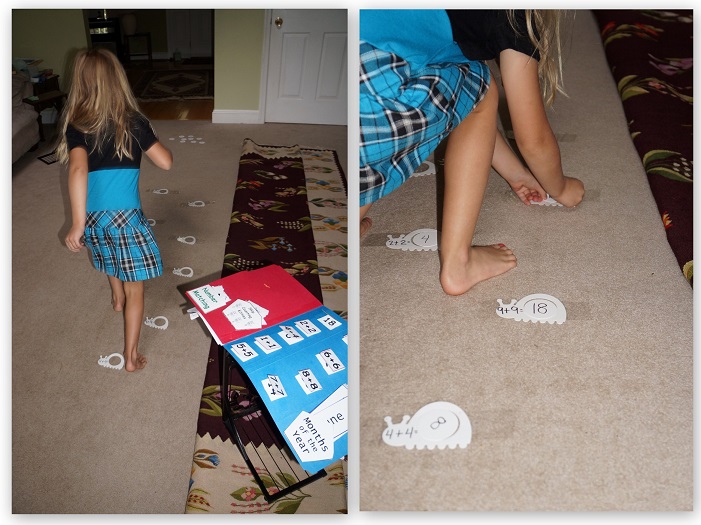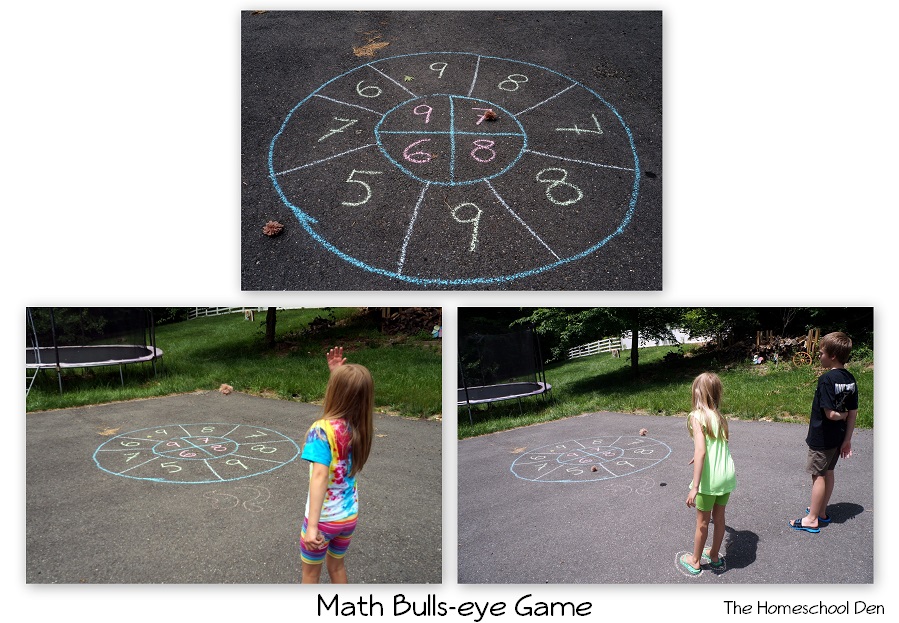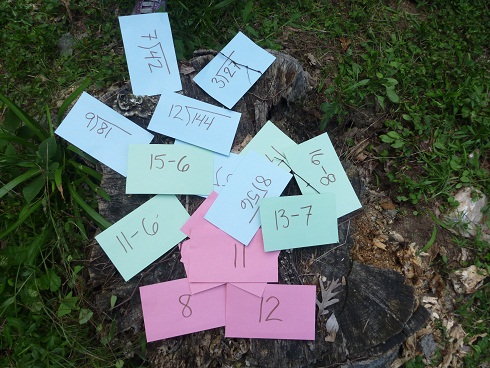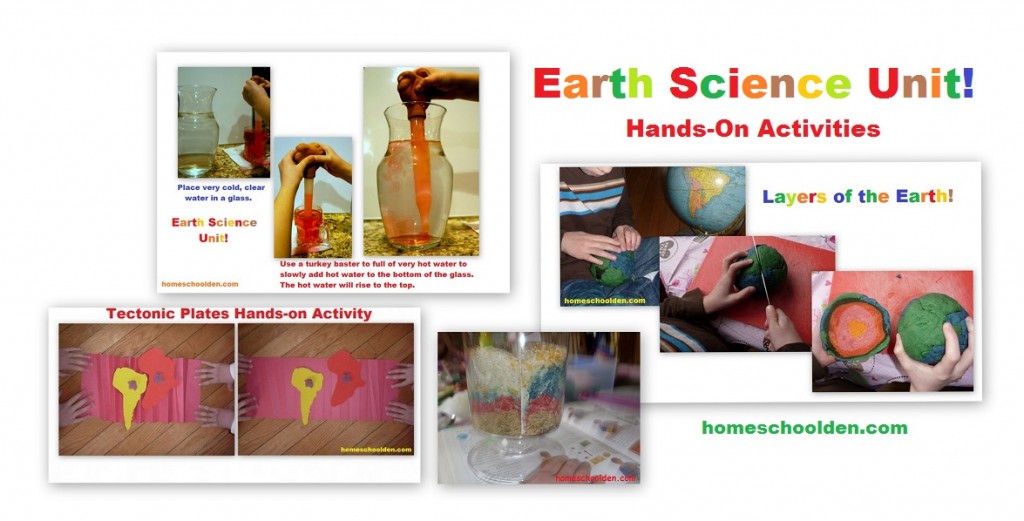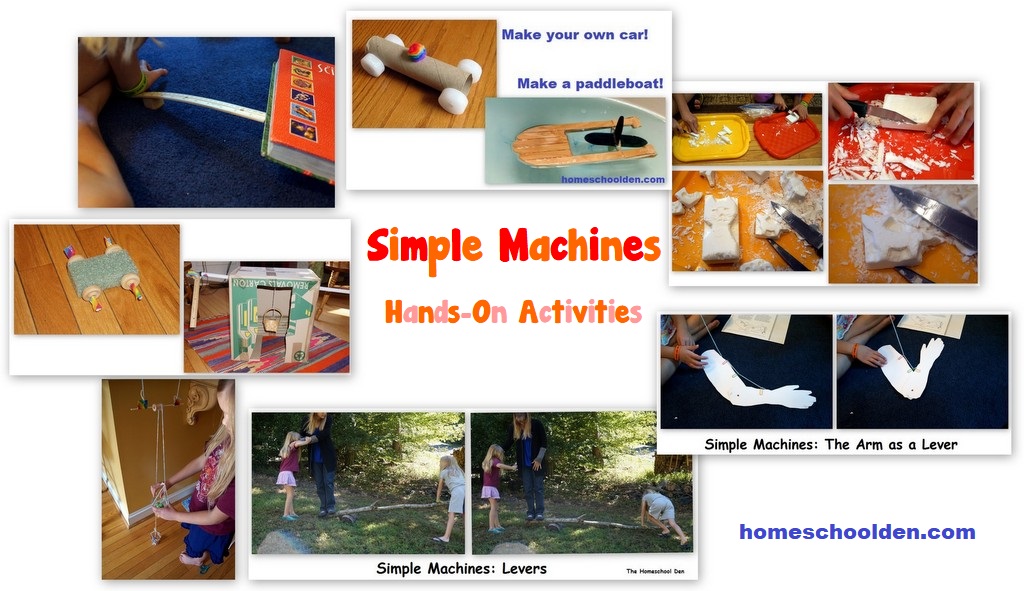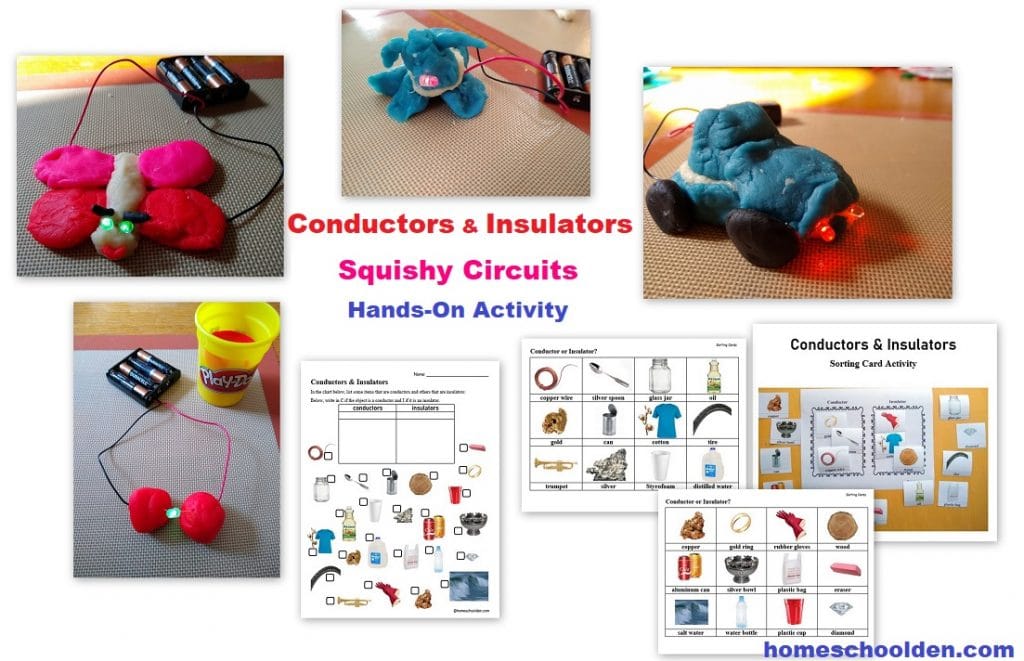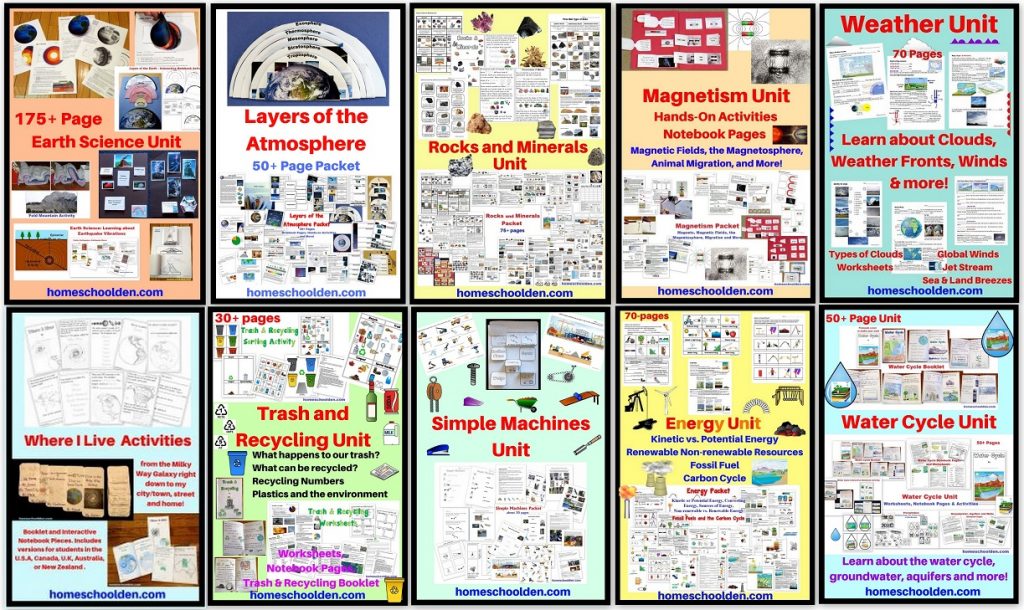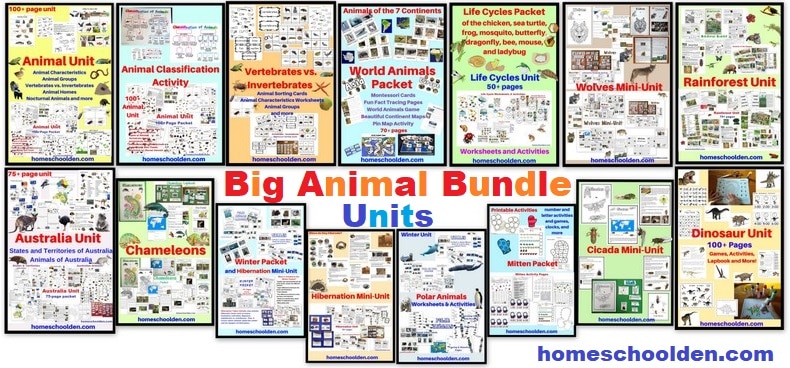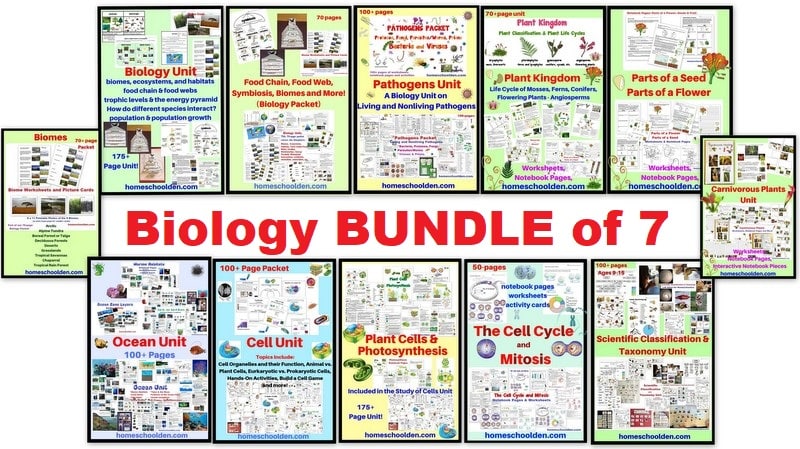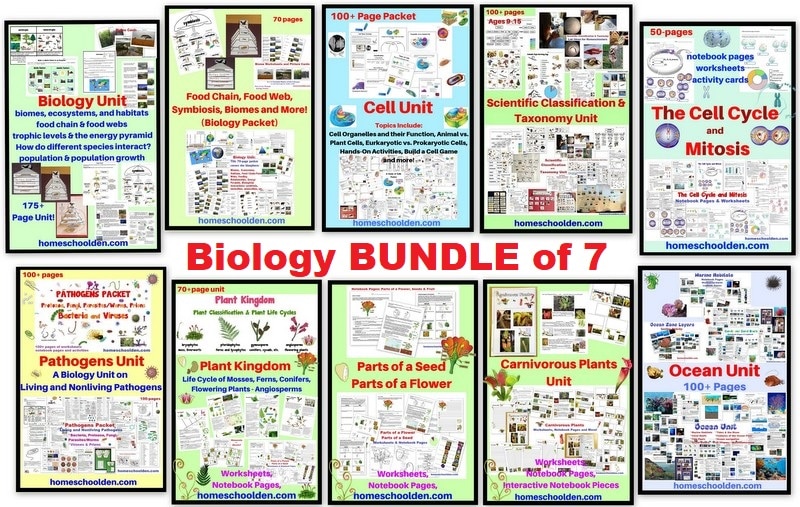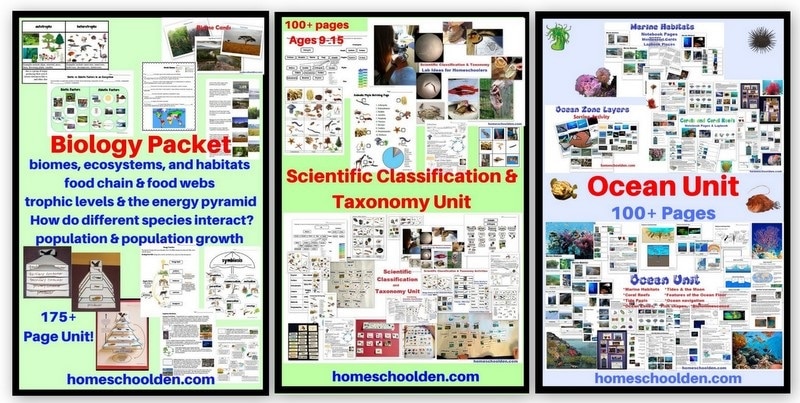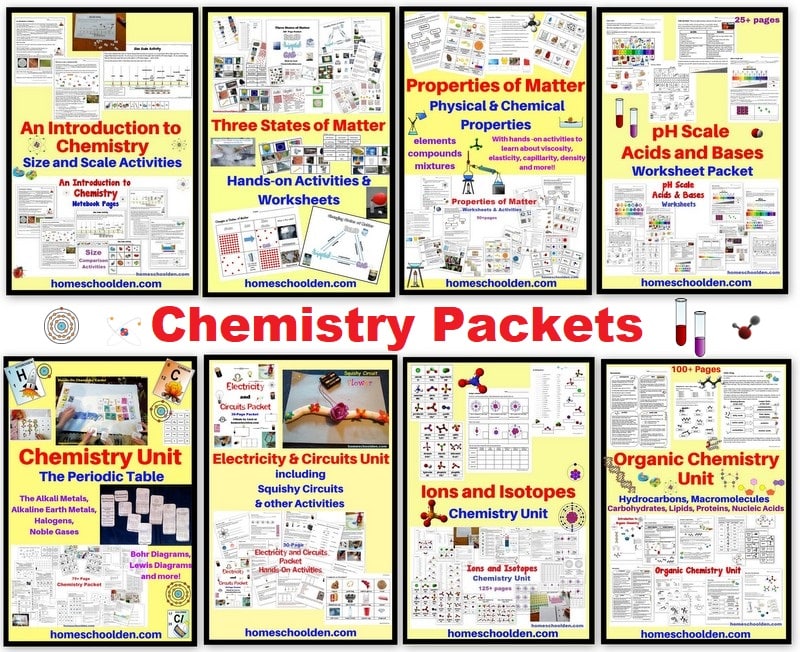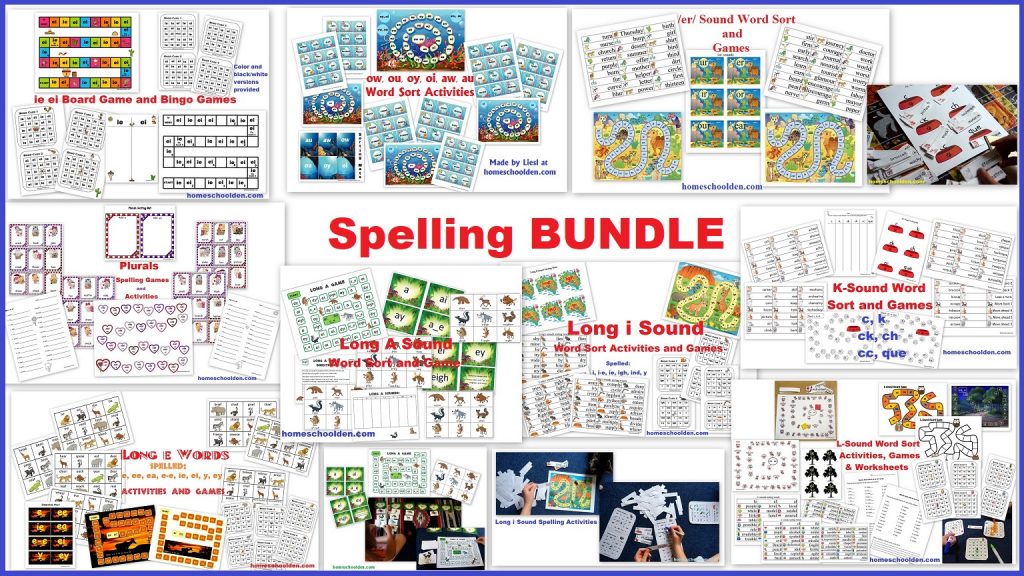Hi!
How do you know what to teach? You and the kids get to decide!
This is the final email in this series. A few days ago, I talked about planning in a general way.
- I shared our free curriculum resource guides as well as the free printable Homeschool Science Unit Checklist for Elementary and Middle School and a similar
- Similarly, this history checklist might help you choose the time period or topics your kids can study for history this year. FREE checklist for homeschooling history (and social studies)
- I also shared some homeschool teaching strategies that can liven up your homeschool lessons: free printable list of homeschool teaching strategies here
Today, I want to be more specific. What about Monday morning. What do I do?
When I’m planning out a unit, I gather a lot of books from the library. A lot!
Note: Please note that some of the links in this email are affiliate links, and at no additional cost to you, I will earn a commission if you decide to make a purchase.
Non-Fiction & Project Books: While I usually have a spine… a curriculum that serves as the backbone of our unit, I will supplement that with many non-fiction books. In fact, I often have 50 to 70 books out at a time! Each day, we will read a new non-fiction book (or section from a text… such as Story of the World or Suzanne Strauss Art’s Early Times history books for middle school such as Ancient Greece, Ancient Rome, etc.) about a topic or unit. Plus, I’ll browse through and find inspiring activities to do from books with titles like Great Ancient Egypt Projects or The Body Book: Hands on Models That Teach. I’ve also found some good activity ideas from general science textbooks that I’ve gotten used on Amazon like this 6th grade science textbook or this science text book for grade 8. I personally do not use the entire book, but will browse through for ideas or will have the kids read sections when it is relevant.
Novels & Historical Fiction: I’ll try to brainstorm novels we might want to read with our history unit. Historical fiction can be such an amazing way to bring a time period to life. You might want to visit this post for some books we read along the way…History through Literature – Book Lists for Units on China, Middle Ages, American Revolution and More! Even as the kids have gotten older, we’ve read books aloud together. For example, we’ve read The Jungle (about industrial America), All Quiet on the Western Front, The Great Gatsby, The Grapes of Wrath, Red Scarf Girl, and lots of others. We just make sure to spend 20-30 minutes each day reading together.
Hands-On Projects: I also try to think of projects the kids will enjoy. For example this post Middle Ages Projects and Books has this wonderful castle and feudal town that the kids built out of paper. The kids also built a model of the Great Wall and made an Ancient Egyptian Death Mask,. When we studied the Iroquois they made wampum belts.
Games and Activities: Especially when the kids were younger, we tried to play a lot of games to make learning more engaging and fun. When I pulled out the games, my kids would beg to play “just one more round.” They really loved these! Bingo was a big hit and we played that for everything from spelling to history, music and more! Similarly, we would play board games for spelling or math. And, when we took math outside, they sure enjoyed that!!

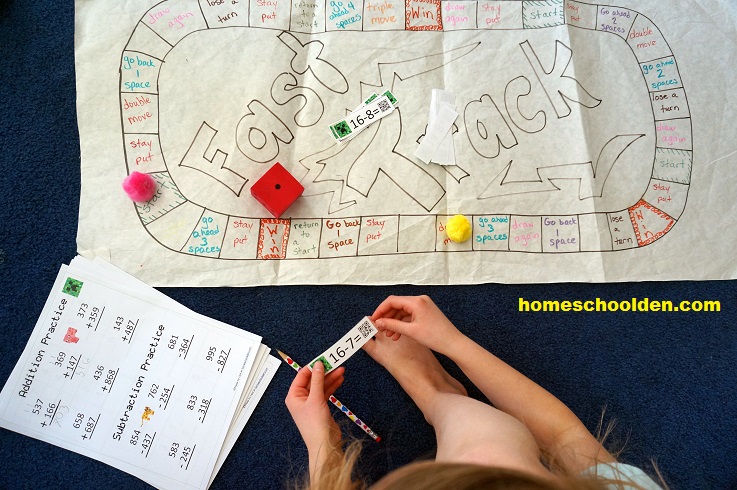
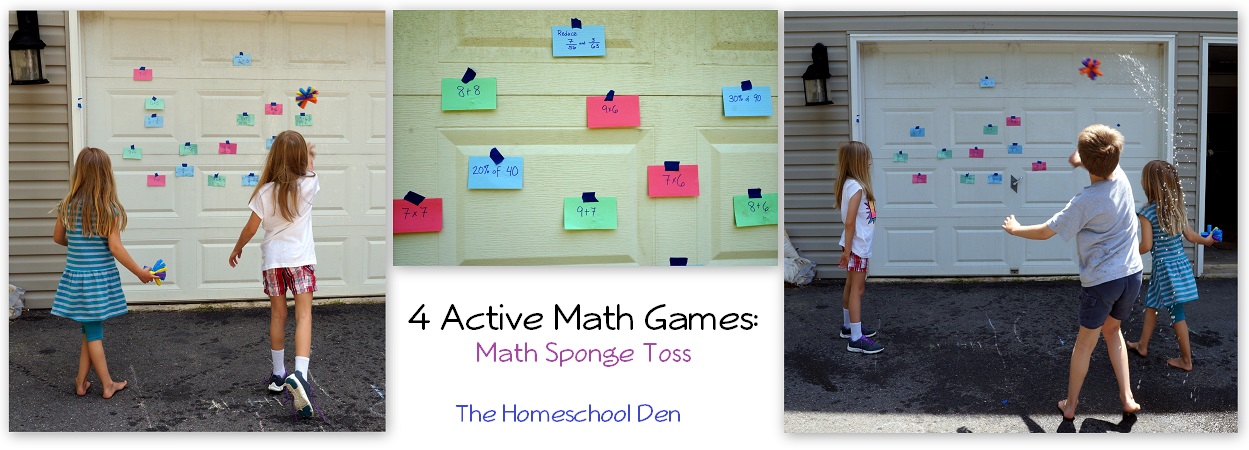
Math Monster was basically just freeze tag with math flashcards. I’d write out various math problems for each of my kids and spread them around the yard (each kid had their own color). I would try to freeze the kids before they could grab a card (and solve it)!
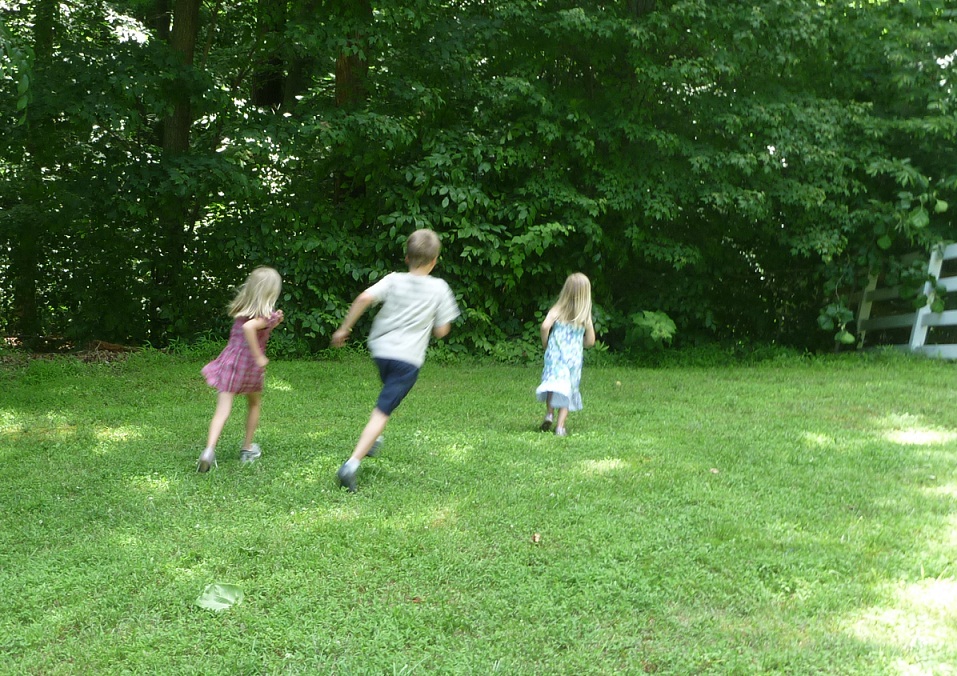
Hands-On Science: For science, I’ll look for science project books. Janice VanCleave was one of my go-to authors… like her 201 Awesome, Magical, Bizarre, & Incredible Experiments or Chemistry for Every Kid… or any of her wonderful books! I’ll look for science fair books and experiments to do with whatever topic we happen to be covering. Sometimes I’ll search through Amazon first and then check my local library listing to get it from there. Not to toot my own horn, but I also took photos of our hands-on activities and included instructions in our various packets. Some very fun, hands-on science units we did along the way included Earth Science, Simple Machines and Electricity and Circuits.
Documentaries: Often we’ll supplement our studies with documentaries. My kids grew to ♥love♥ any of David Attenborough’s nature documentaries such as Planet Earth , Life, and Blue Planet. (ED will probably re-watch Blue Planet when she does the ocean unit in middle school.) I think our homeschool has been much richer having brought these into the curriculum!
Similarly, we’ve added lots and lots of history documentaries into our homeschool… from the American Revolution (such as Liberty’s Kids for elementary students and Liberty! American Revolution for middle or high school students) to Ken Burn’s series on the Civil War, the West and Vietnam. (And many others along the way. Check out youtube! There are SO many great documentaries available there.)
Movies: At times, we’ve watched (fiction) movies that supplement our unit. For example, when the kids were in elementary we watched a number of movies (and read a lot of books) about the Civil Rights Movement… The Autobiography of Miss Jane Pittman (nominated for 9 Emmy Awards) and we also watched Disney’s Ruby Bridges and read a portion of, Through My Eyes , each day before we watched the movie. Don’t forget to check out our free Civil Rights Movement packets. There are too many fabulous history-based movies to mention here, but there are so many that will add to your history unit/s!
Kids Research Work: My kids also do their own research and create their own projects, portfolio projects (What is a history portfolio project? See this post), essays, power point presentations and things like that along the way… I just wanted to make sure I mentioned that too!
Language Arts: Of course, I realize I haven’t gotten to a lot of the other subjects like literature, writing, etc. I made this video about how/why we started using a Writing Workshop in our homeschool. This post also has a lot of information about how we handled literature in our homeschool. and this post talks about grammar and spelling in our homeschool.
If you are interested in checking out our Science Units, you might want to visit the Science Unit Page or our store:. Our packets include notebook pages as well as instructions (and pictures) of the various hands-on activities we did with these units!
And you can find out more about our history units here or in our store.
And once again, if you’d like to see more pictures of fun, hands-on homeschool activities, see this post. You can add in engineering challenges, create the phases of the moon with oreos, or recreate the solar system to scale… and just so much more!!
I hope this series helped you get a feel for what’s possible with homeschooling and also what is available on our website. I also try to schedule out five or six new Facebook posts on our Homeschool Den FB page each day. I try to highlight things that are tucked away on the blog as well as highlighting some of the more recent posts. If you are visual, then you might want to check out our Homeschool Den Pinterest Page. Again, I’ve been trying to create pins and highlight the resources we have available.
If I’ve left you with a lot of questions, feel free to reply to this email (ie. you can email me here!) and ask away!
Each family is unique. You will create your own homeschool path! You know your kids better than anyone else… and you’ll create an educational environment that suits you and your family! You can do this!!
Take care and Happy Homeschooling!
I’ll see you in the next Homeschool Den Newsletter!
Warmly,
Liesl & the kids (On the blog they have always been referred to as LD – my son and my oldest… DD my middle daughter… and ED my youngest daughter)
Here are a few pictures relating to what I said above!
We incorporated a lot of Hands-On Activities into the units we did!
Here are the links in the Welcome Letter Series again:
You can visit some of our BUNDLE pages here:
History Units
We have done a lot of different science and history units over the years. If you are looking for some of our history packets, you will want to click over to the History Page. There you will find links to find out more about our history packets.
Science BUNDLES
At the conference, I highlighted many of our science bundles. Let me provide quick links to these pages for you below.

Science BUNDLE links:
- Earth and physical science,
- Animal Bundle – Zoology,
- Biology Bundle of 7 ,
- Chemistry Bundle,
- Human Body Bundle
We would rotate through our science units tackling different topics in those areas each year. Then we often came back a few years later and did these same units again (and in more depth). I have three kids (each two years apart) and we did science and history together throughout elementary and middle school.
I would often ask the kids if they remembered a topic. They were good about saying they needed to review it briefly or to go over a unit in more depth again.
Again, I have bundled our materials together and wanted to help you navigate our website so you can see if any of our units are helpful for your family (or the students in your classroom). The Earth Science Page shows what units are available, similar to the pages I created for the Big Animal Bundle, Biology Bundle of 7 , Chemistry Bundle, Human Body Bundle and Spelling Bundle. You can purchase various bundles, but you can also purchase these packets separately. We tend to be *very* visual, so our worksheets and notebook pages include a lot of images!
More about our Science BUNDLES
Earth Science BUNDLE:
We have done a lot of different Earth Science and Physical Science units over the years. We love how many hands-on activities you can do with science. That has always kept my three kids engaged!
You can still purchase these units separately or in various combinations depending on your need.
Some of our Earth Science and Physical Science Units include:
- the Earth Science Unit
- Layers of the Atmosphere Unit
- Rocks and Minerals Unit
- Magnetism Unit
- Weather Unit (clouds, weather fronts, winds, etc.)
- Where I Live (from the Milky Way Galaxy down to my city/town, street and home)
- Trash and Recycling Unit
- Simple Machines Unit
- Energy Unit
- Water Cycle Unit
These units are sold separately or in different Earth Science BUNDLE options. You can check the Earth Science and Physical Science Bundle options and find out more about these individual units here: Earth Science Page
If you are interested in some of our other BUNDLES just click on the link below!
Some of the units we did early on for zoology include the 1) Animal Unit, 2) World Animals Packet, 3) Rainforest Packet, 4) Life Cycles Packet, 5) Winter Packet – plus several mini units 6) the Cicadas Packet 7) the Chameleon Packet 8) the Wolves Mini-Unit 9) The Mitten Activities Packet 10) Dinosaur Packet 11) Australia Unit.
Our biology units include the Biology Unit, Cells Unit, Scientific Classification & Taxonomy Unit, Botany Unit, Ocean Unit, Pathogens Unit (Bacteria, Viruses and more)
These were units we started doing when the kids were in upper elementary and middle school. For example, my kids started to learn the organelles of the cell when they were in 2nd, 5th and 7th grades. We would review that material every couple of years. We also used these units some when they did high school biology!
- Introduction to Chemistry – Size of Atoms Mini-Unit
- States of Matter Packet
- Properties of Matter Packet
- Electricity & Circuits Packet
- Chemistry Packet
- the pH Scale, Acids and Bases
- Ions and Isotopes – This sounds complex, but we covered this in middle school after we did the chemistry unit! It’s really is quite straight forward. We used a lot of pictures, counted lots of electrons or neutrons and built atoms with candy!
- An Introduction to Organic Chemistry
Free Homeschool Supply List Printables (including basic supplies, art materials, math manipulatives and science materials you might want to have on hand). Get the free printable at this post.
We used (and LOVED) All About Spelling (affiliate link) for many, many years! We would review the various spelling rules covered in AAS with lots of word sorts and games. My kids loved playing these! Here are some of the Words Sorts/Activity Packets we used:
- Long A & Long I Packet
- Long E Packet
- ou/ow oy/oi au/aw Packet
- /er/ Sound Packet
- /k/ Sound Packet
- /ul/ Sound Packet
- ie/ei Words Packet
- Plurals – add -s or -es
